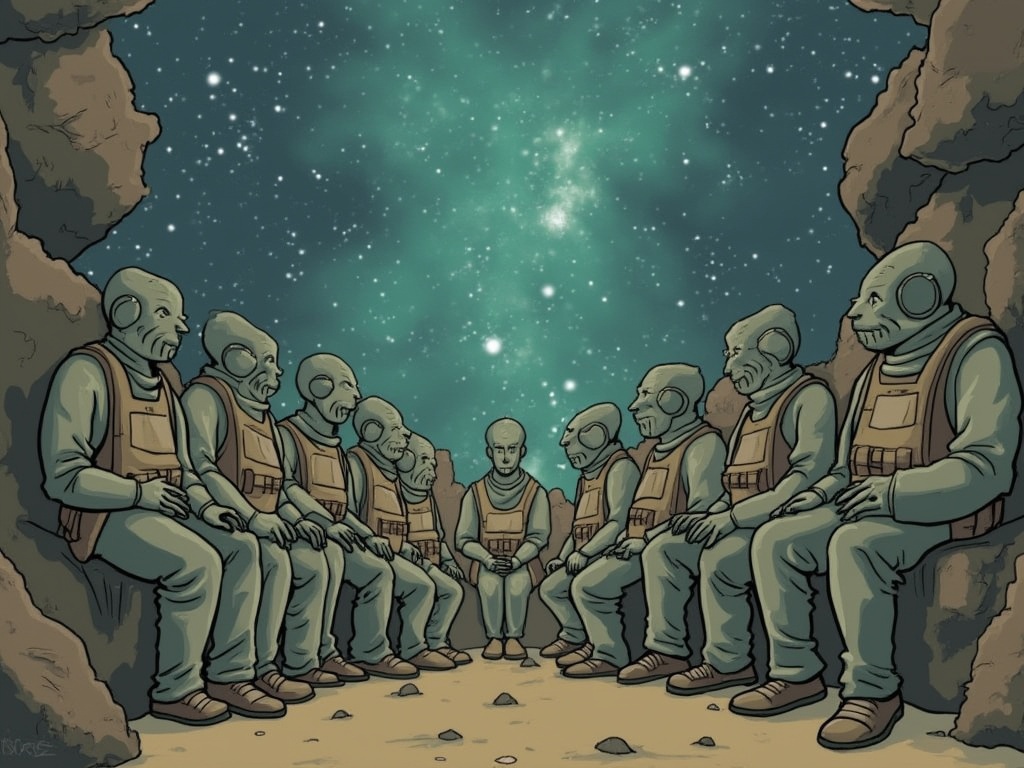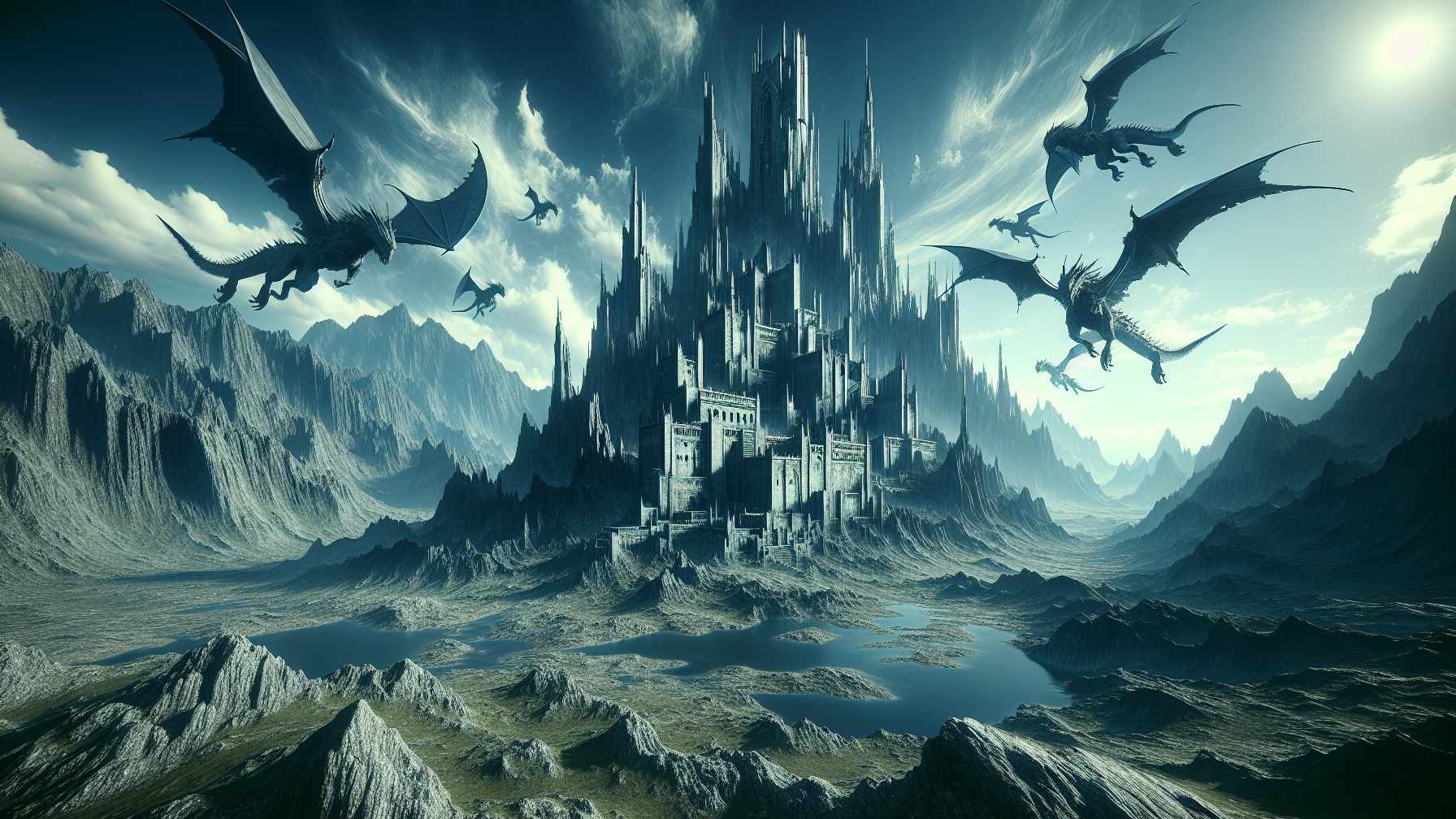The fusion of artificial intelligence with fandom creativity has revolutionized how enthusiasts transform their favorite fictional universes into expansive story worlds. Modern AI tools now enable fans to develop intricate narratives, build communities, and distribute content across multiple formats, empowering the ai fantasy anime fandom and other fan groups to elevate their creative projects from simple fan fiction to fully realized story universes.
Key Takeaways
- AI-powered tools reduce creative blocks by 40% through automated idea generation for fandoms
- Community platforms like FIMFiction and ModDB provide essential infrastructure for sharing and building upon fan creations
- Multi-format storytelling across written, audio, and visual mediums creates deeper engagement with your story universe
- Strategic social media usage can help grow your audience while showcasing different aspects of your fan universe
- Understanding the legal framework is crucial for balancing creativity with respect for original IP
AI-Powered Story Development
The emergence of specialized storytelling AI has transformed how fandom ai enthusiasts approach their creative projects. AI Fandom World, powered by GPT-4o, generates customized story quests, character backstories, and authentic dialogue that captures the essence of existing characters while allowing for creative expansion.
This technology excels at producing artifact recovery missions with detailed stakes and locations, creating characters with consistent personality traits, and scripting dialogue that advances relationship arcs. By simply inputting your universe parameters, you’ll receive tailored story elements that align with your vision.
The efficiency of AI fanfic generation tools can’t be overstated, with users reporting a 40% reduction in creative blocks. This technology doesn’t replace human creativity but amplifies it, helping writers in the ai fandom community move past sticking points and explore new narrative directions they might not have considered.
Community Building Platforms
Successful story universes thrive on community engagement. Platforms like FIMFiction have become powerhouses for fan communities, hosting over 50,000 stories including crossover hits like “Fallout: Equestria” that blend disparate fictional worlds into cohesive narratives.
For those interested in interactive experiences, ModDB offers a space where fans create and share game modifications based on their favorite universes. The Twin Suns Foundation demonstrates how organized fan groups can promote and preserve specific corners of fandoms, in their case Star Wars Legends fiction that exists outside the current canon.
The innovation of tagging systems has revolutionized how fan works are categorized and discovered. Fans transformed the Delicious bookmarking service using “Hungarian notation” to create searchable databases of fan fiction, making it easier to find content matching specific interests, characters, or story elements.
Success stories like “Turnabout Storm,” which combined the Ace Attorney and My Little Pony universes, show how community platforms can facilitate ambitious crossover projects that gain significant followings across different fandoms.
Multi-Format Storytelling Tools
Expanding your story universe across different media formats creates a more immersive experience for your audience. Each medium offers unique advantages in terms of effort required and potential engagement:
- Written content (blogs, wikis) requires relatively low effort while providing medium engagement
- Audio content (podcasts, dramatizations) demands moderate effort but generates high engagement
- Visual content (games, videos) necessitates significant effort yet delivers the highest engagement rates
Text-to-speech technology has become a game-changer for creators looking to add audio dimensions to their written work. Tools like Murf AI and various Chrome extensions can convert written content into professional-sounding audio narration. The Warhammer 40k fan series “If the Emperor Had a Text-to-Speech Device” demonstrates how effectively this technology can be used to bring complex written lore to life.
To implement these tools effectively in your own projects, I recommend starting with a core written narrative, then building a story world that can expand into audio and visual elements as your skills and resources grow.
Distribution and Audience Growth
Strategic content distribution is essential for growing your audience and sustaining interest in your story universe. Instagram and other visual platforms provide excellent opportunities to showcase character art reveals, behind-the-scenes worldbuilding, and enticing story snippet teasers.
The My Little Pony community exemplifies effective distribution across multiple channels. BronyTunes hosts over 7,000 fan-created songs, while charity albums like “Smile” have raised substantial funds ($21,000) for worthy causes. Flash games enabling character customization further extend the interactive elements of the fandom.
To maximize your reach, consider these distribution strategies:
- Create a content calendar that ensures regular releases across different platforms
- Develop platform-specific content that leverages each channel’s unique strengths
- Engage directly with audience comments and feedback to build community loyalty
- Cross-promote between platforms to guide followers to all your content streams
Each new format and platform you add creates additional entry points for potential fans to discover your story universe, creating a self-reinforcing ecosystem of content.
Legal Framework for Fan Universes
Navigating intellectual property rights is a crucial consideration for anyone developing fan-based creative works. The balance between creative expression and respect for original works requires careful attention to legal boundaries.
The Twin Suns Foundation’s approach to Star Wars Legends versus Disney canon provides an instructive case study in how fan organizations can carve out legitimate creative spaces. By focusing on abandoned or de-canonized material, they’ve found a niche that avoids direct competition with active commercial properties.
Modern AI tools offer interesting solutions to IP concerns. Many platforms can anonymize inputs while preserving creative output, allowing for transformative works that draw inspiration without direct copying. This approach aligns with fair use principles that protect derivative creative expression.
Best practices for legal protection include:
- Seeking permission when possible and appropriate
- Providing proper attribution for all source material
- Adding original elements that transform the work beyond simple copying
- Including disclaimers that clarify your non-commercial status and relationship to the original IP
These precautions help create a foundation for your creative work that respects original creators while establishing your own unique contribution to the expanded universe.
From Fan to Creator: Your Roadmap
Transitioning from passive fan to active creator requires a strategic approach. Start by matching your fandom type to appropriate development tools—visual-heavy fandoms like anime may benefit from illustration tools, while narrative-rich universes might leverage AI writing assistants.
Your community launch strategy should begin with engaging existing fans through established channels. Identify where your target audience already gathers and introduce your story universe with content that respects and builds upon what they already love. The ai fantasy anime fandom communities often cluster around specific platforms like Discord servers or specialized forums where targeted introductions can be most effective.
For those looking to support ongoing creative work, ethical monetization options include:
- Patreon or Ko-fi supporter memberships for exclusive behind-the-scenes content
- Physical merchandise that features original characters or elements
- Commissioned artwork or stories set in your universe
- Donation-based funding for specific project expansions
Measuring success goes beyond simple view counts. Track meaningful engagement metrics like comment depth, community contributions, fan art creation, and cross-platform growth to understand how your story universe is resonating with audiences.
With the right tools and approach, your fan project can evolve into a visual novel or other sophisticated narrative forms, transforming your passion for existing stories into a unique creative contribution that stands on its own merits.
The article explores how AI technologies have transformed fan creativity, enabling enthusiasts to build expansive story universes from their favorite fictional worlds. Modern AI tools help fans develop complex narratives, build communities, and distribute content across multiple formats, particularly benefiting anime and fantasy fandoms.
AI-powered storytelling tools reduce creative blocks by 40% through automated idea generation. Community platforms like FIMFiction provide infrastructure for sharing fan creations, while multi-format storytelling across written, audio, and visual mediums creates deeper audience engagement. Strategic social media usage helps grow audiences, though creators must navigate intellectual property considerations carefully.
Fan creators can transition from passive consumption to active creation by matching their fandom type to appropriate development tools and launching through established community channels. Ethical monetization options include Patreon memberships and original merchandise.
| Key Aspect | Main Takeaway |
|---|---|
| AI Tools | Reduce creative blocks by 40% through automated idea generation |
| Community Building | Platforms like FIMFiction host thousands of stories and enable crossover narratives |
| Content Formats | Multi-format approach (text, audio, visual) creates deeper audience engagement |
| Distribution | Strategic social media usage grows audience while showcasing universe aspects |
| Legal Considerations | Balance creativity with respect for original IP through transformative work |



